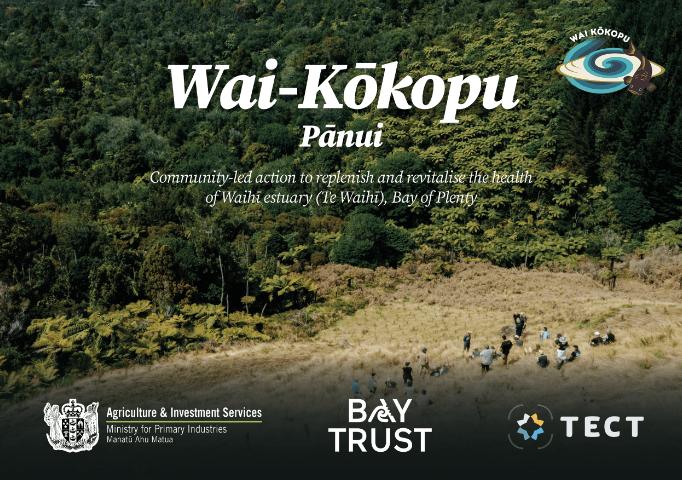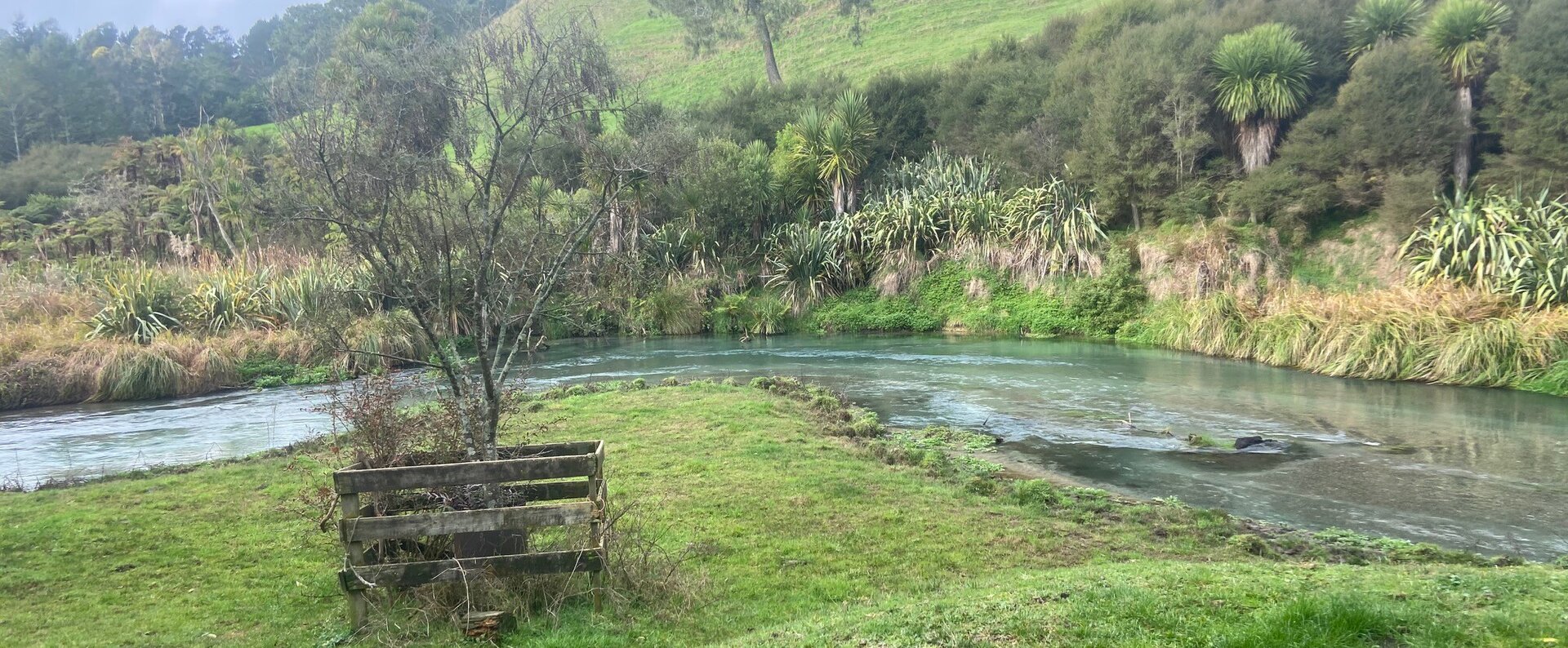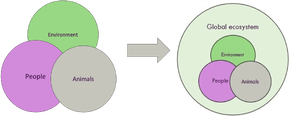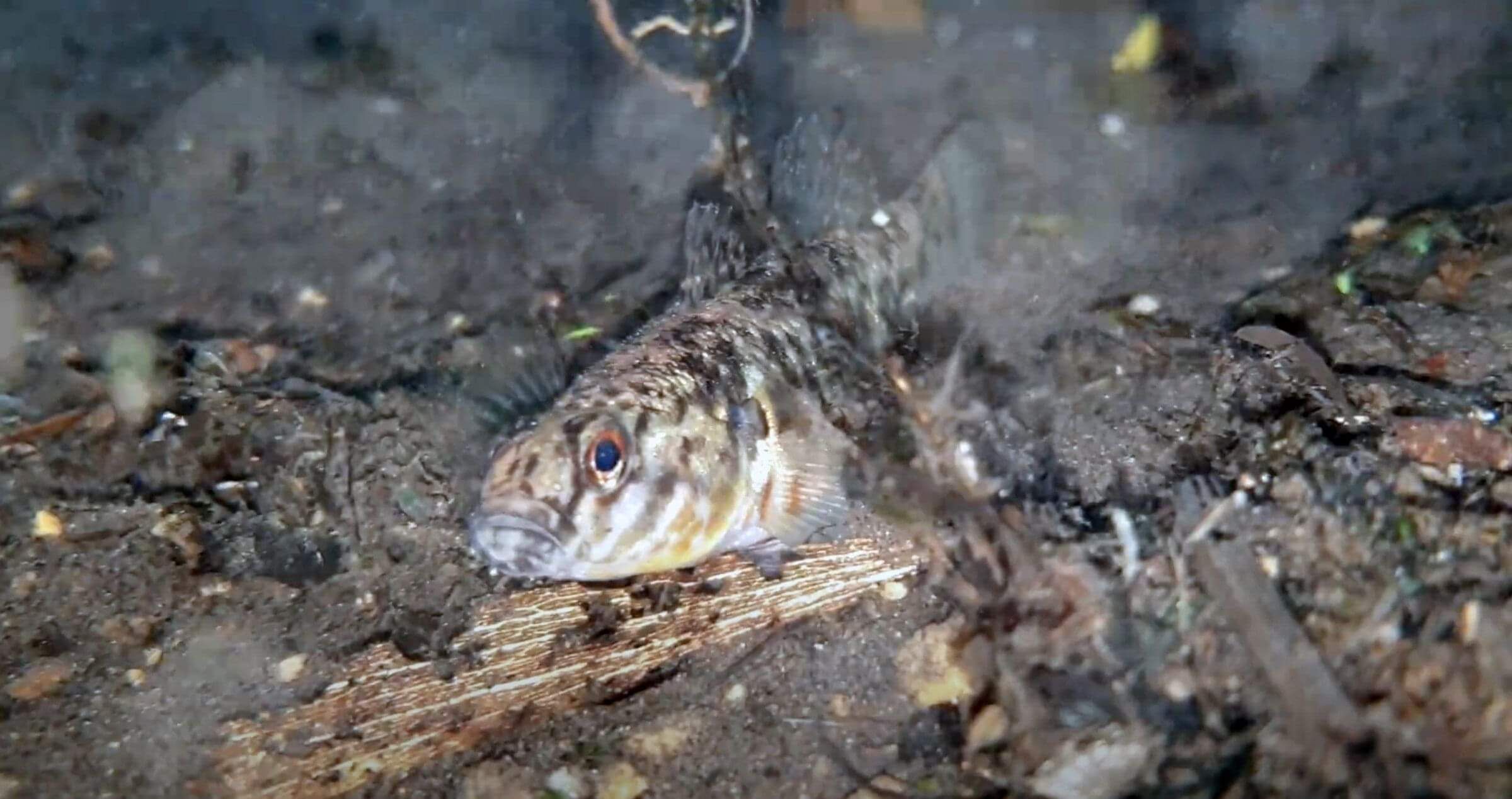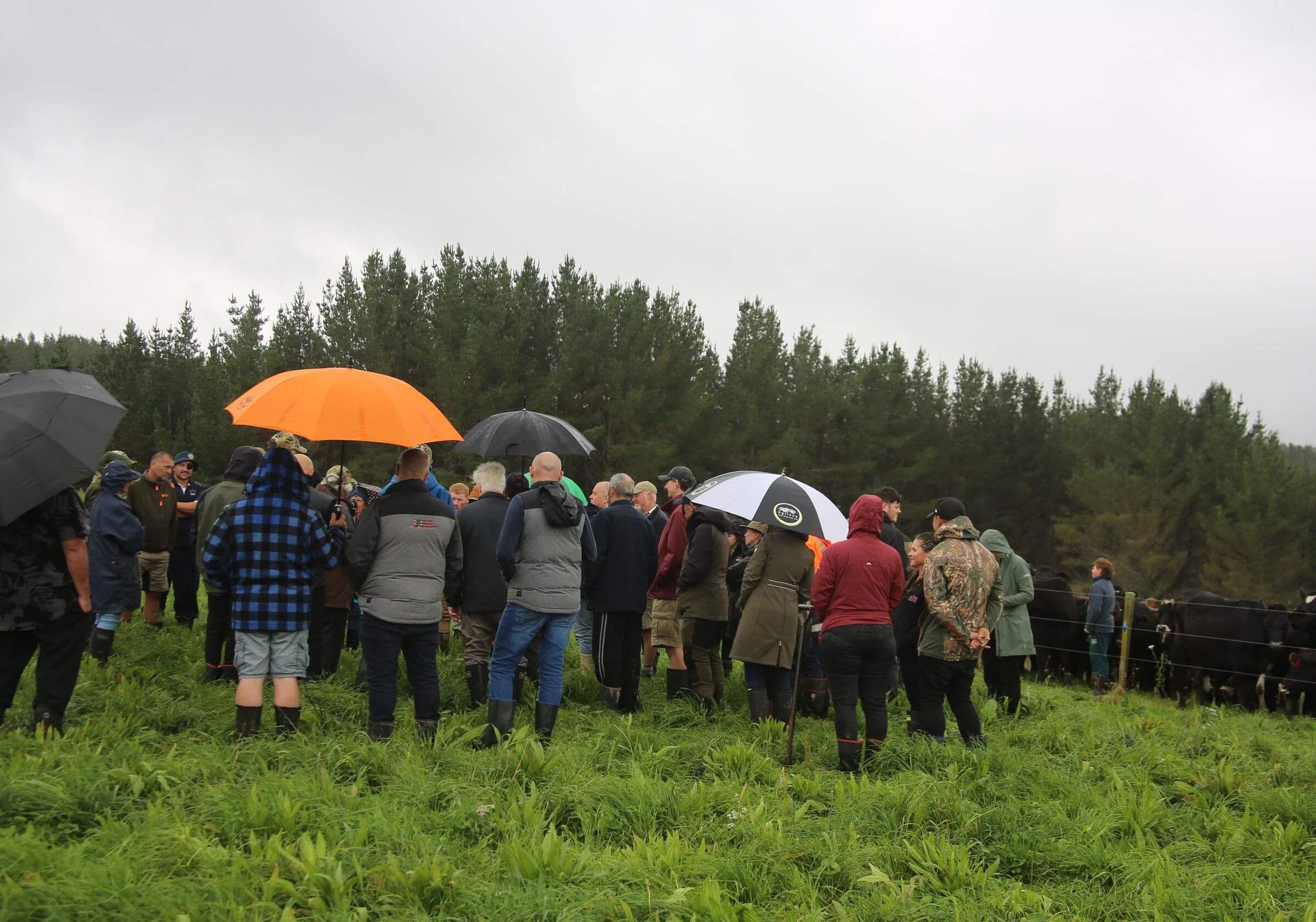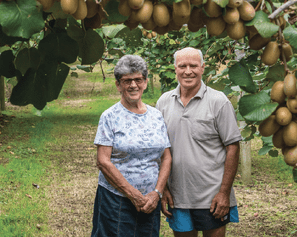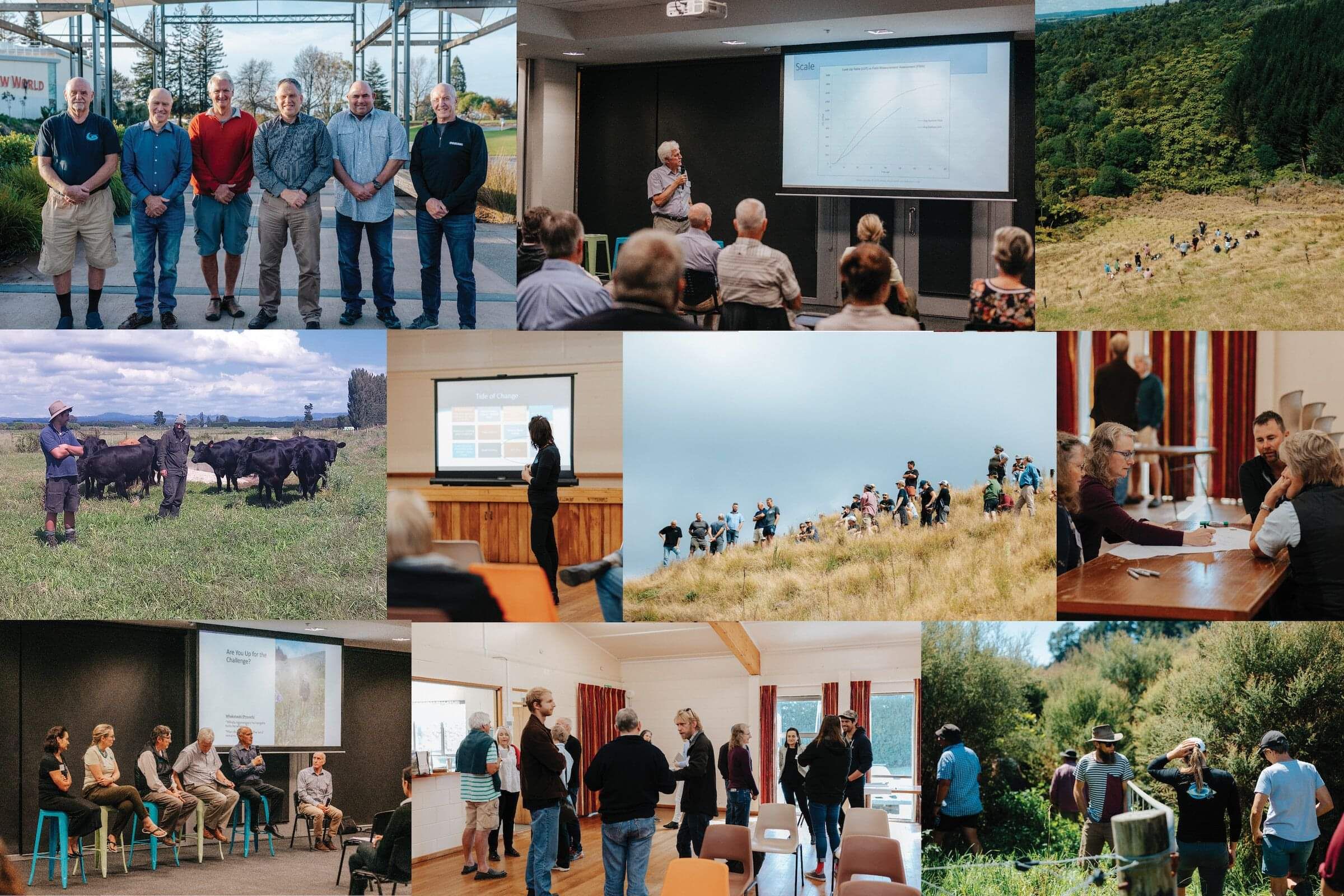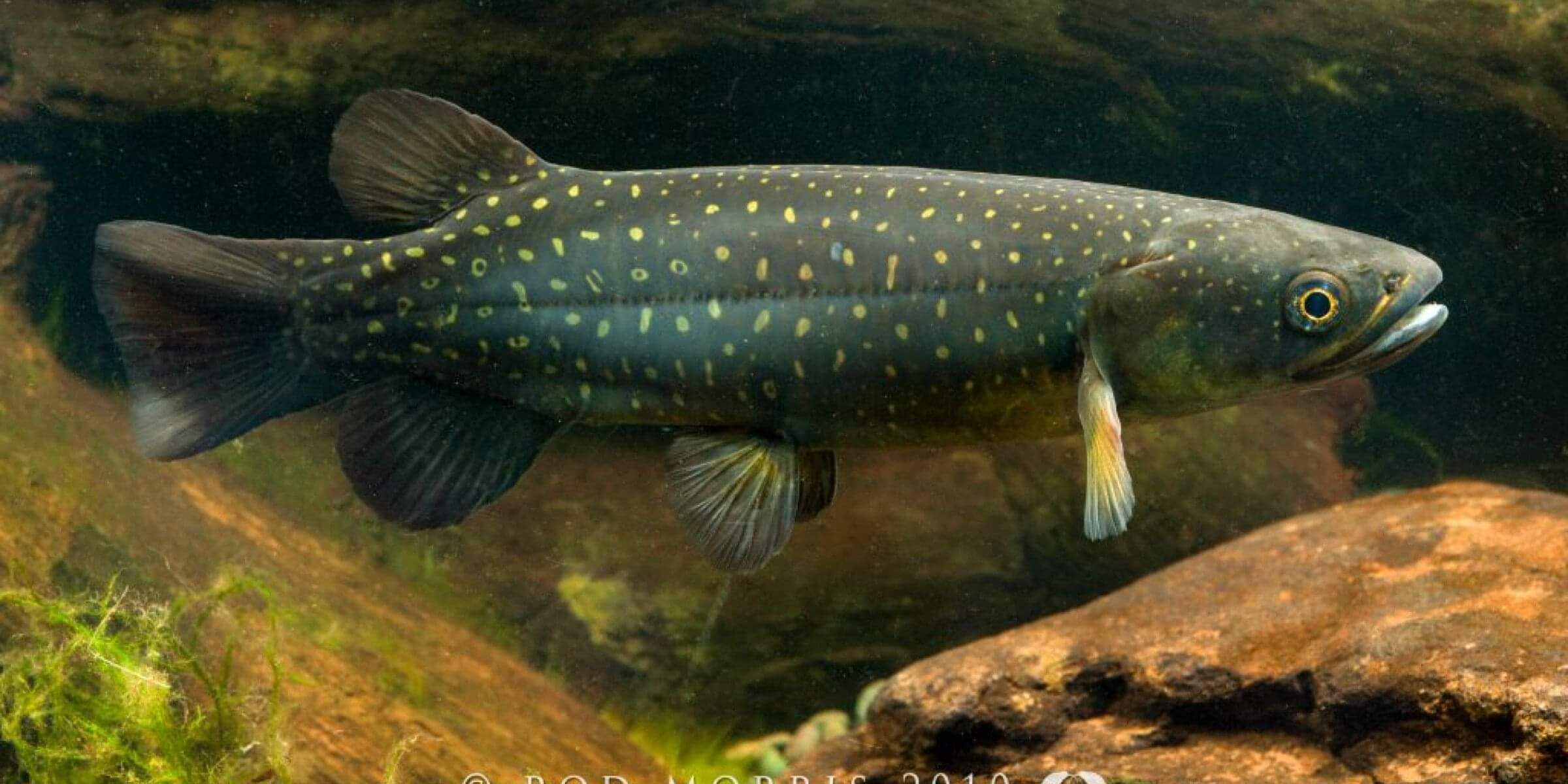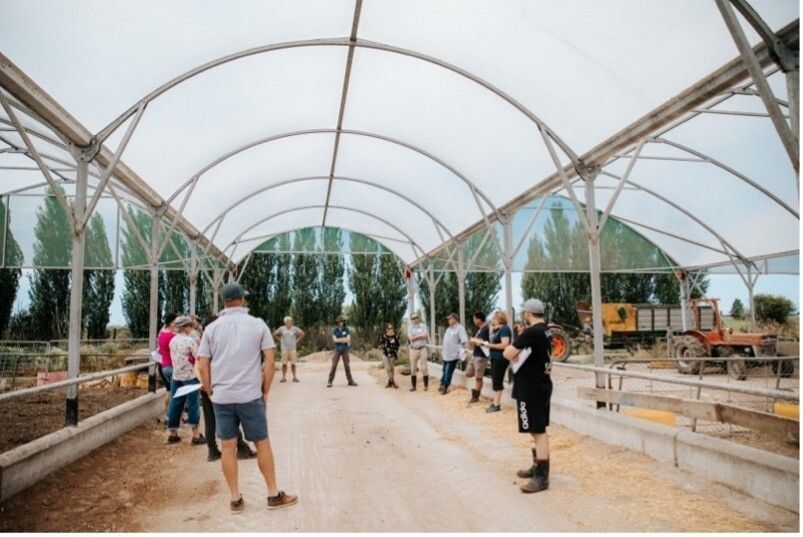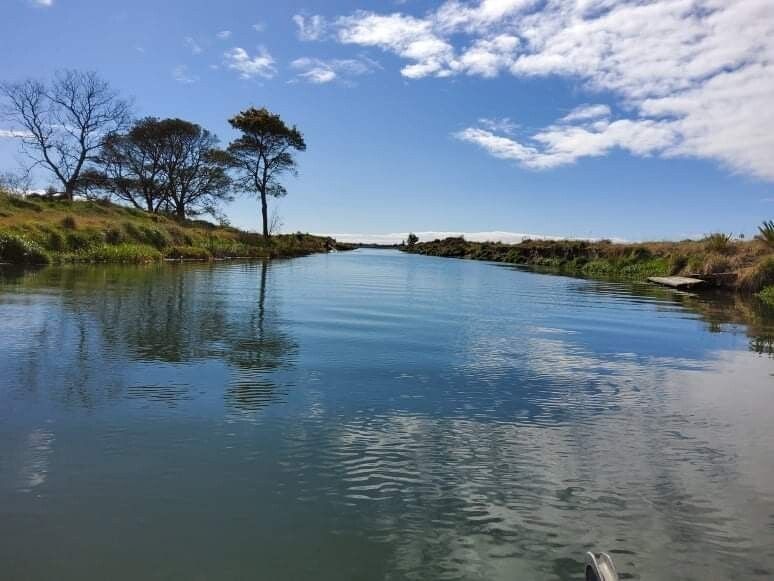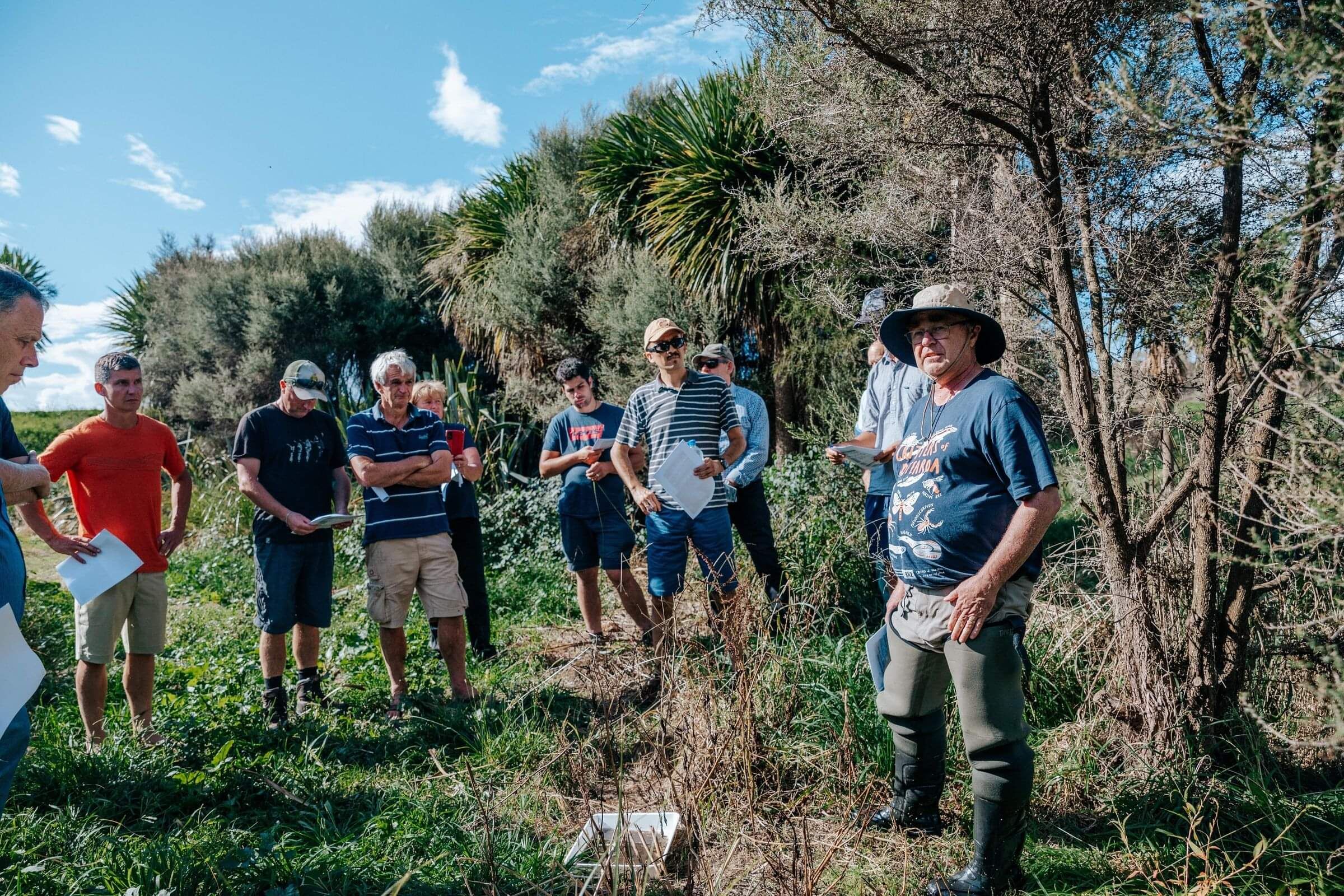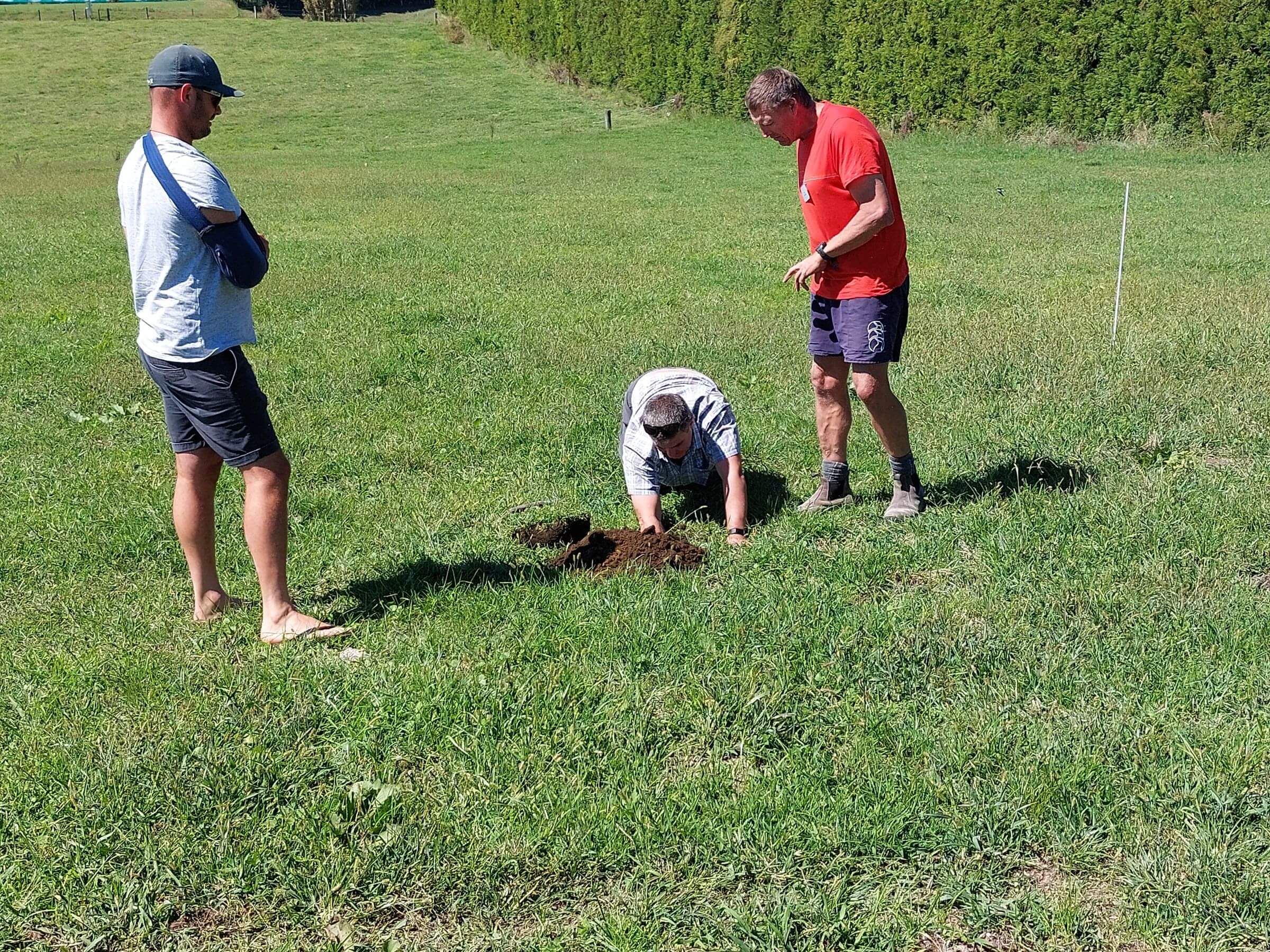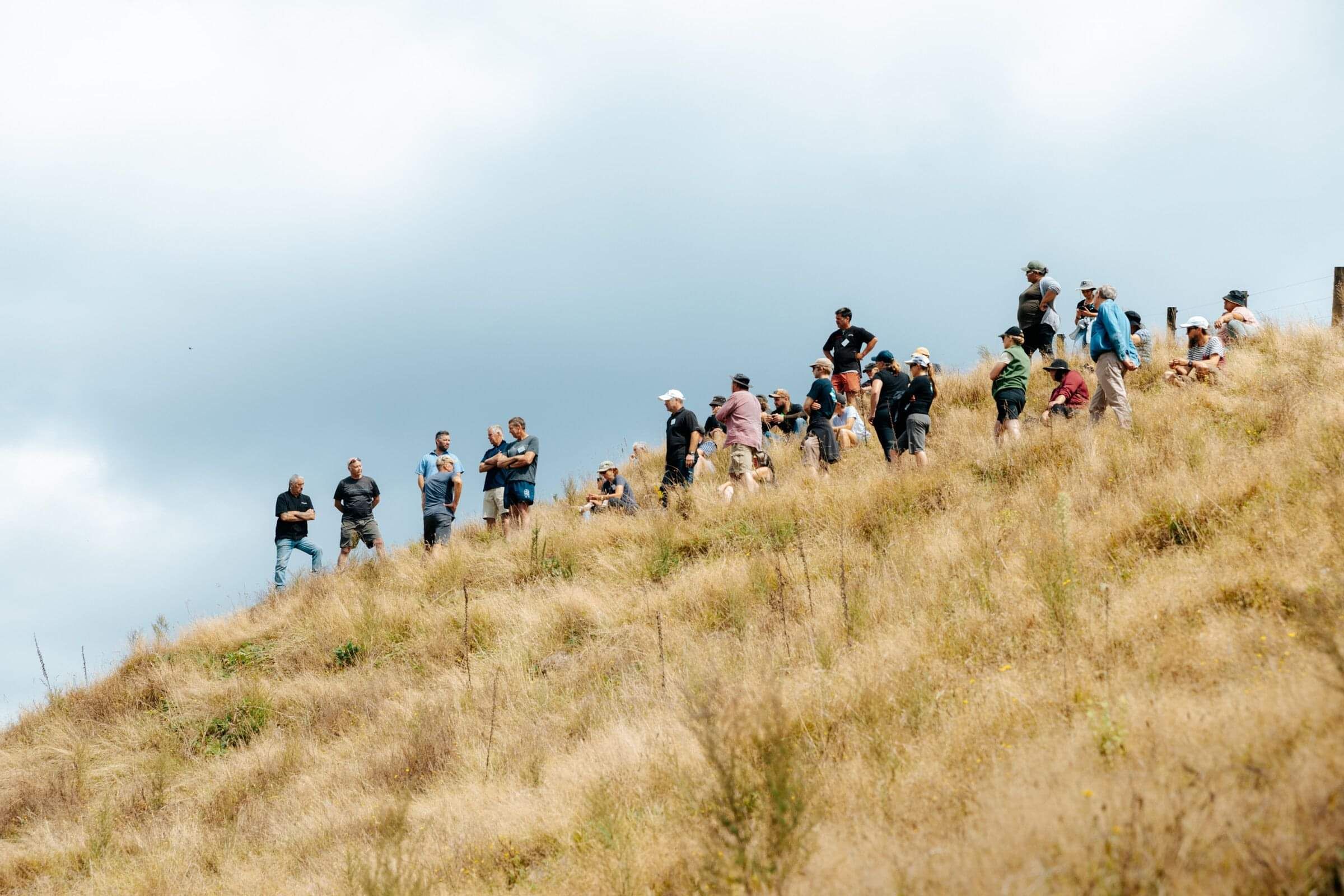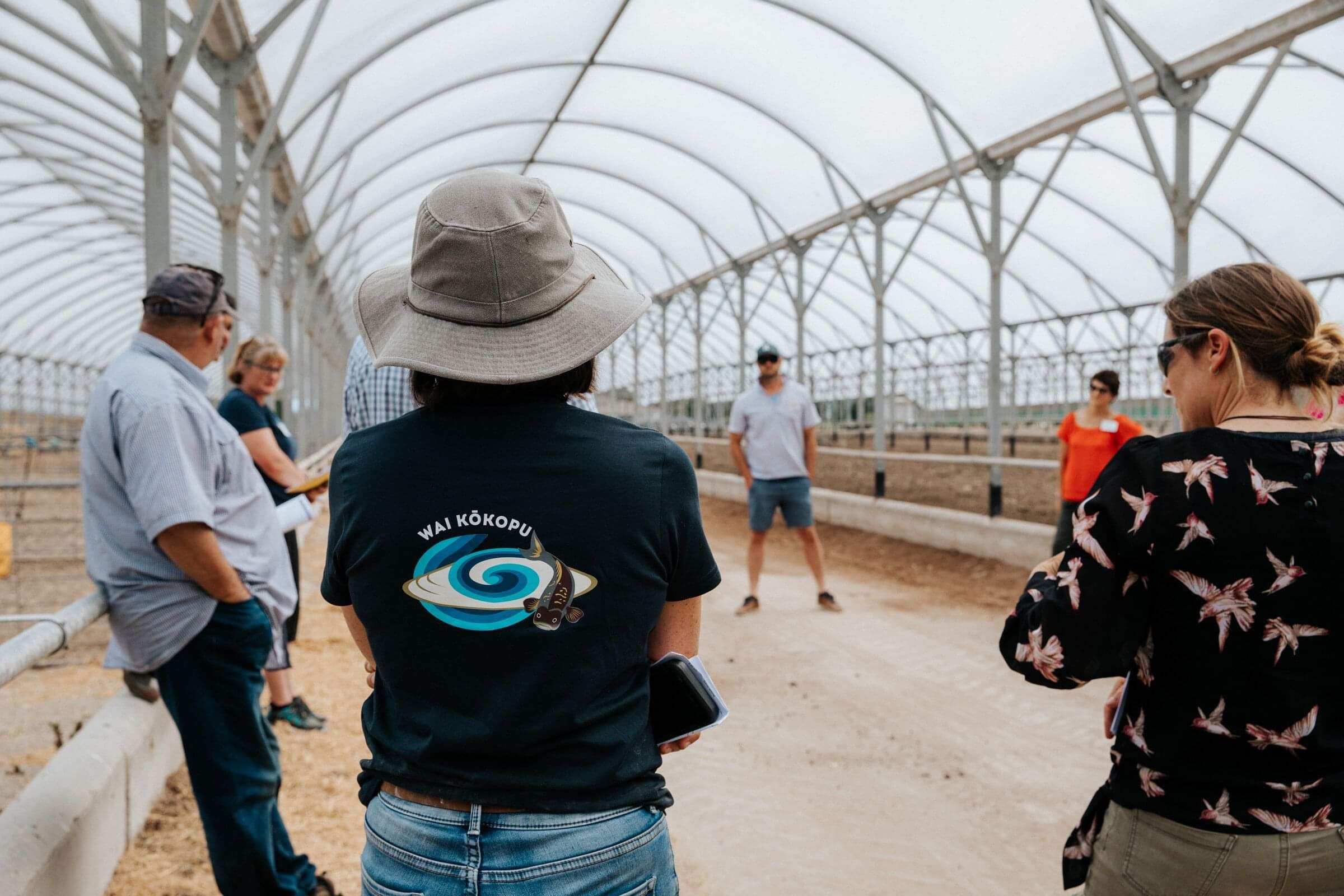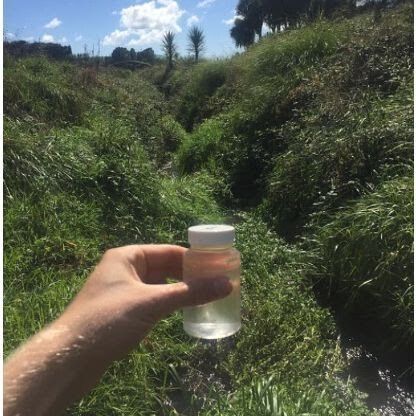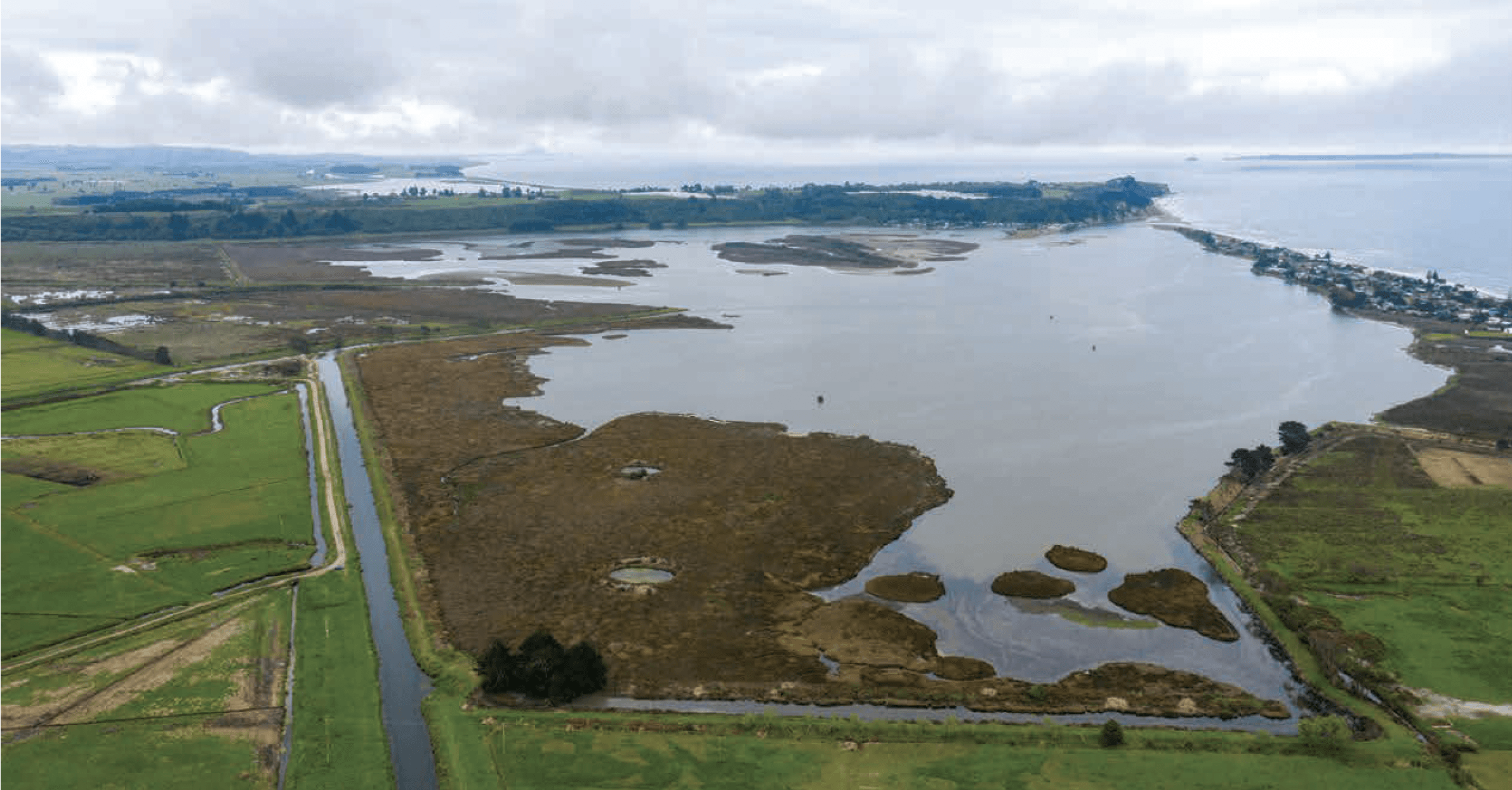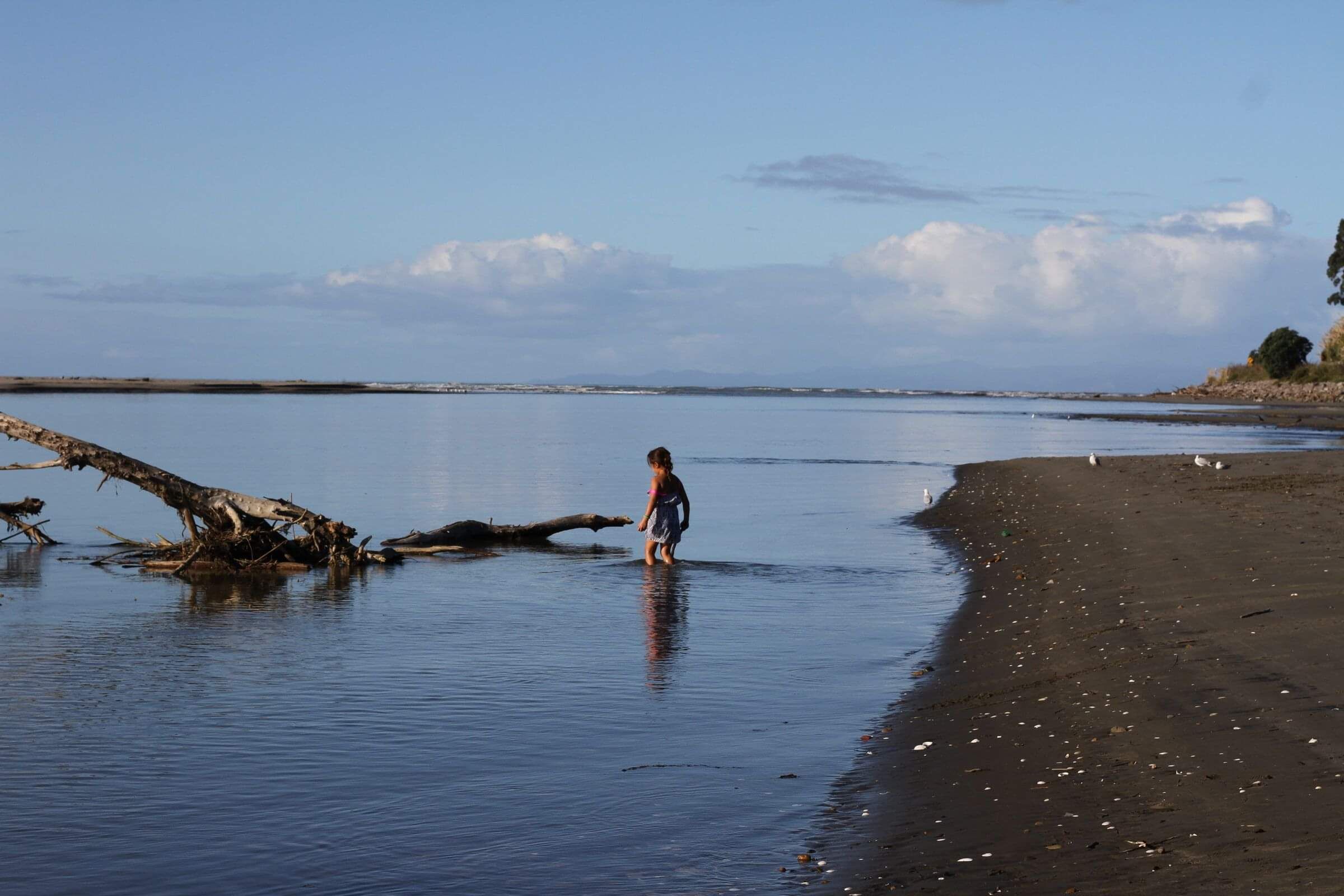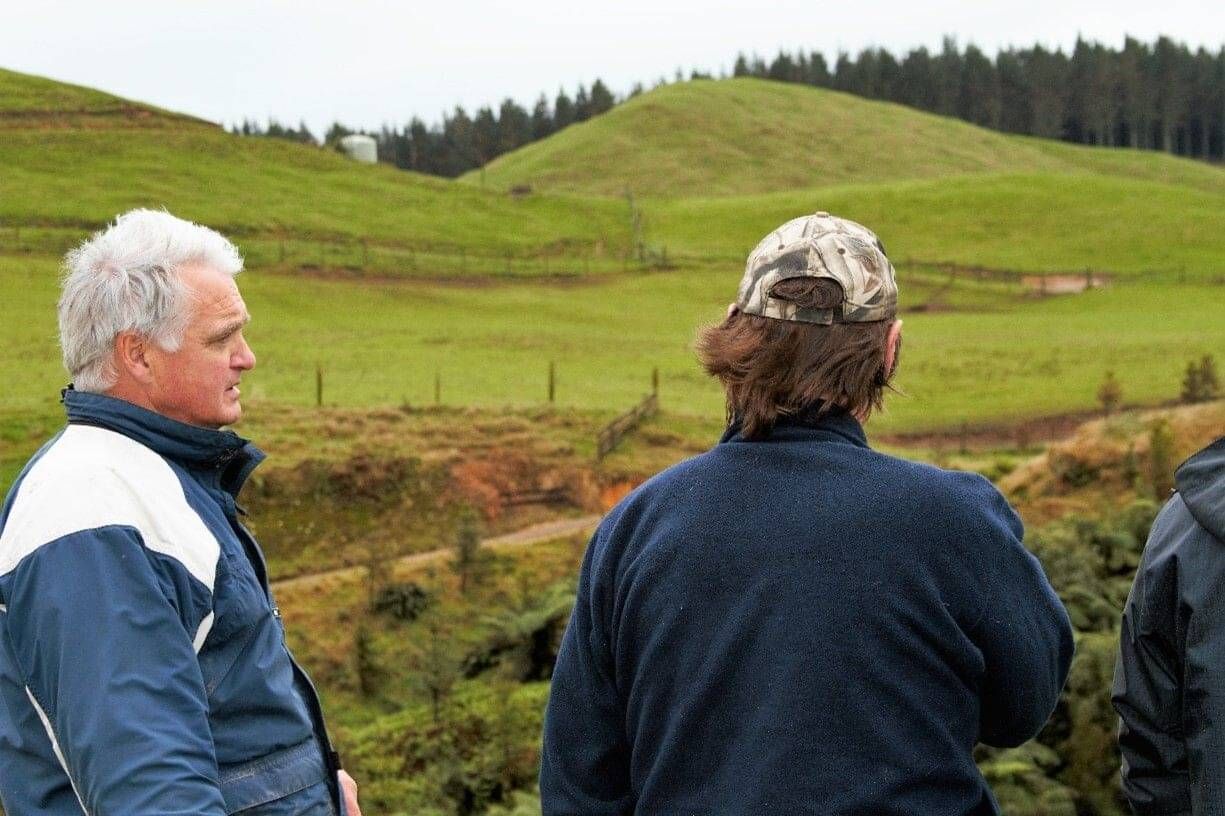Read about the latest happenings of the Community-led action to replenish and revitalise the health of the Waihi Estuary, Bay of Plenty.
In the News

Check out our latest media coverage
The team at Wai Kōkopu has been making headlines in the news and media. Their efforts to replenish and revitalise the Waihī Estuary have captured widespread attention. Click the button below to discover their inspiring story and learn how they are restoring the estuary's health and promoting a sustainable environment.
Events
MPI Wrap-Up Film
Our team worked very hard to put this together. We are thrilled to present a captivating highlight reel showcasing the incredible achievements we have accomplished over the past couple of years.
From groundbreaking projects to transformative initiatives, this film is a celebration of our collective efforts and dedication towards making a positive impact in the catchment. Join us on this cinematic journey as we reflect on the milestones reached, the challenges overcome, and the inspiring stories of success from our Lighthouse farmers and team that have shaped our organisation.
Articles
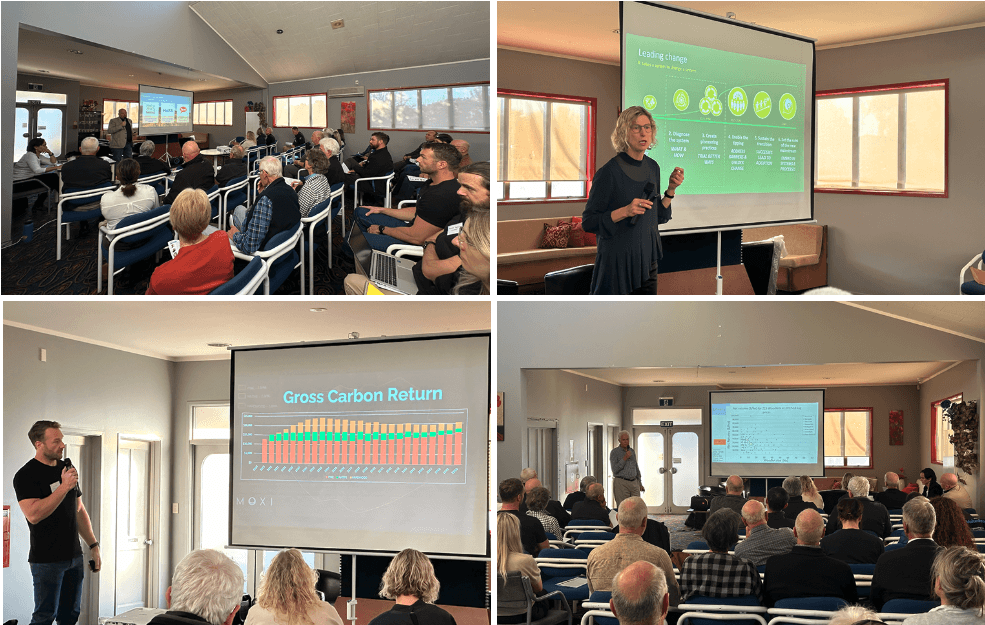
Our Vision For The Bay Event
By Alison Dewes
This event was well-attended with Damien O’Connor, Rachel Depree (Zespri), Andrew Kempson (Fonterra), Graham West (NZ Farm Forestry), and Chris Brennan (MOXI) all presenting. John Burke and Alison Dewes facilitated the speakers and discussion.
Over 70 people attended the event, including BOPRC councillors and planners, which provided some good discussion during the afternoon.

International Story Mapping Conference
By Debbie Care, AgVice
Last year Wai Kōkopu contractor, Dr Debbie Care, won the New Zealand 2023 Esri Story Maps competition for her work designing pan-sector digital farm plan story maps for the lighthouse farms in our catchment. As a result, she was invited to attend the international Esri Story Mapping Conference which was held in San Diego last month.
One Health, One Welfare or Te Ao Māori?
By Dr Helen Beattie, Managing Director, VAWA
Veterinarians for Animal Welfare Aotearoa (VAWA) was established in 2022 to provide an independent, veterinary-led animal welfare advocacy voice. In this article, VAWA’s Managing Director, Dr Helen Beattie, shares her thoughts on the challenges and interconnectedness of people, animals and the environment and how we can achieve ‘a good life of all’ which is VAWA’s ultimate vision. Does a te ao Māori perspective hold the answer we’re looking for?
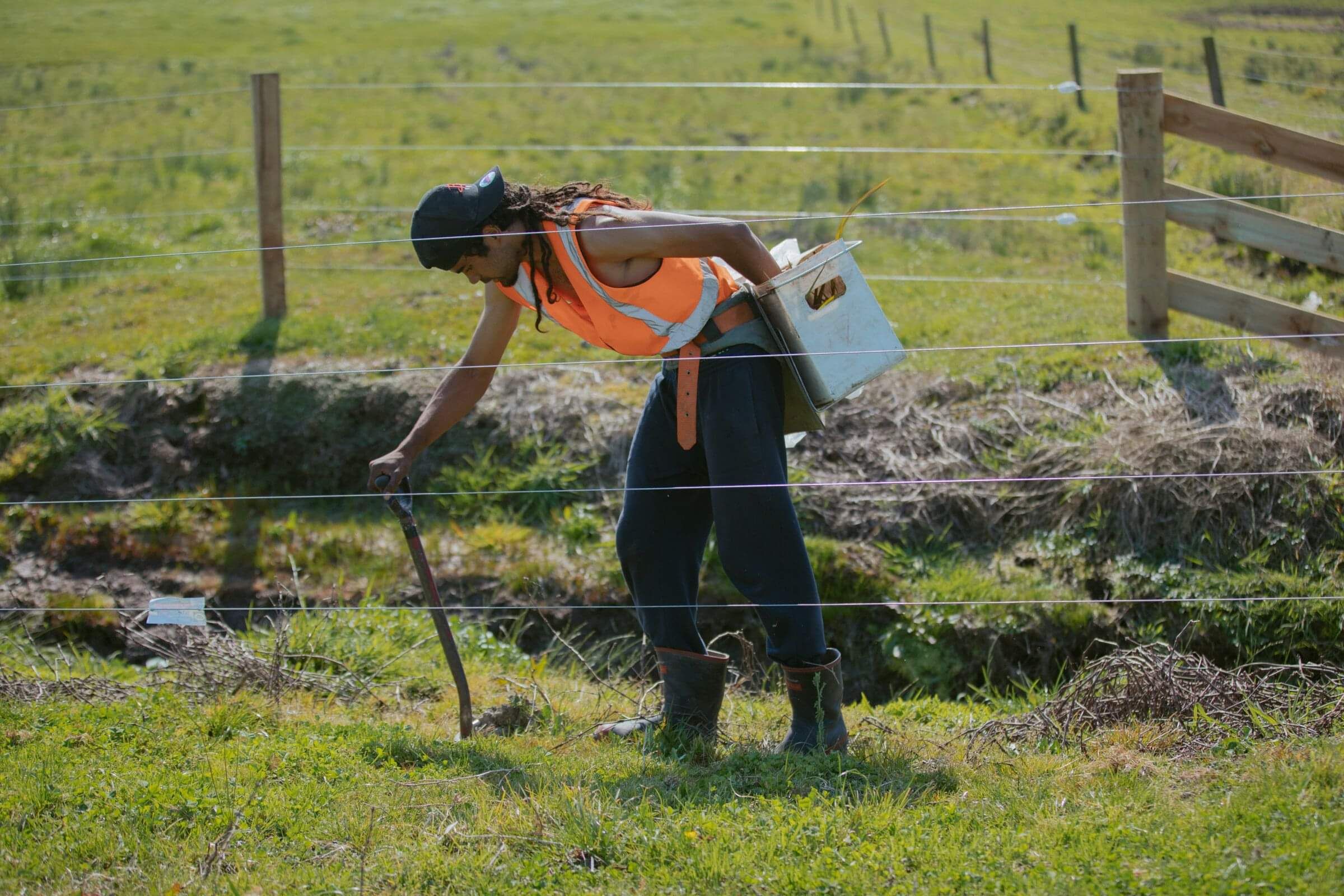
77,000 Native Forestry Grade Seedlings Planted Followed By Beautiful Rain!
By Stef Kincheff, Wai Kōkopu Restoration Team
Spring planting in the Wai Kōkopu catchment is a team effort. Thanks to landowners, nurseries, and many others for their contributions.
learn more about our planting efforts here.
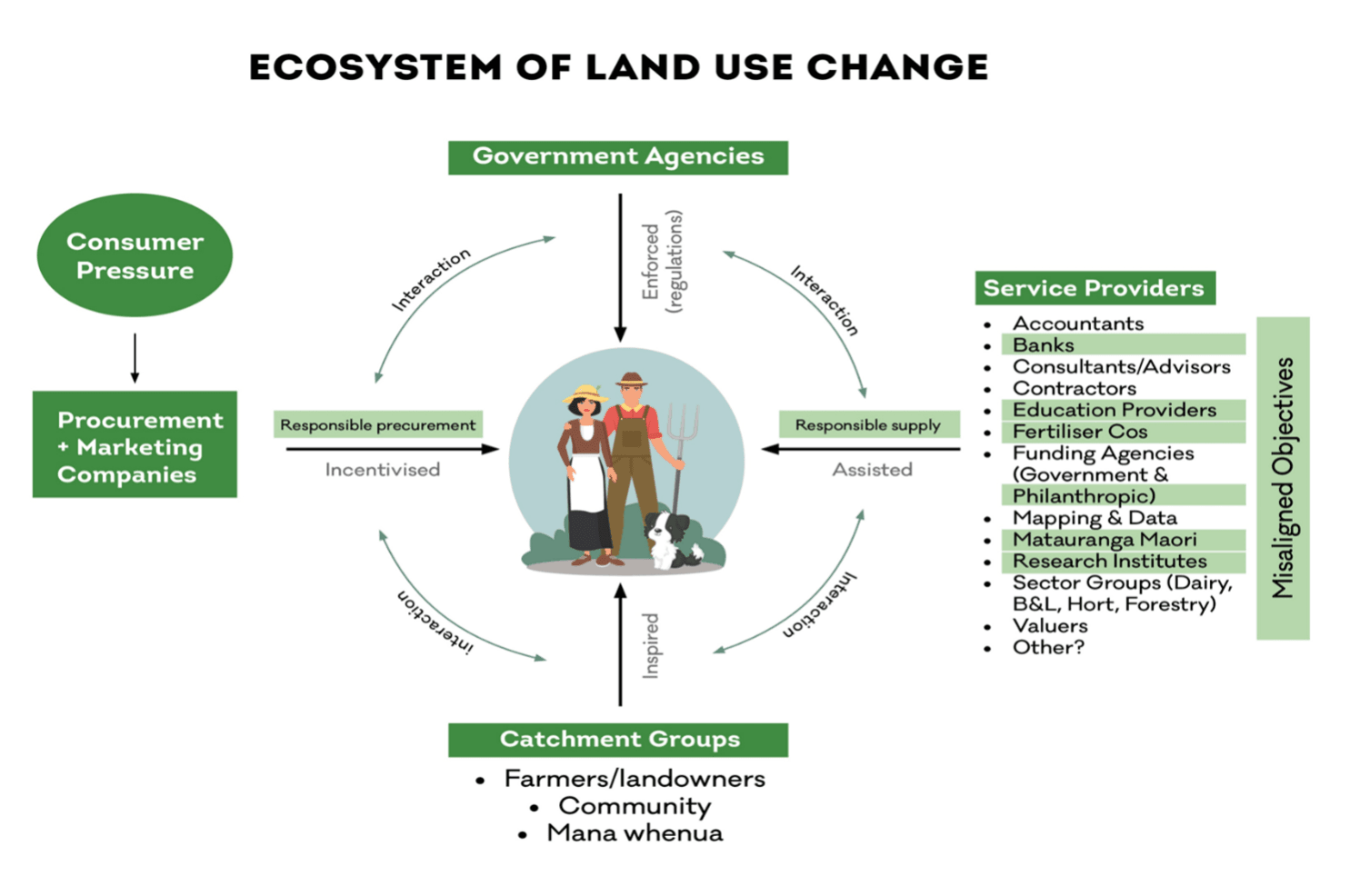
The Future of Catchment Groups
The rise of catchment groups who are working hard to restore polluted waterways around Aotearoa is heartening to see. Their work is inspiring, but they all face common challenges – so what does the future hold for community-based groups such as Wai Kōkopu? What aspects must we focus on to ensure continued success?

AGM Minutes Nov 2023
have a read into out Annual General Meeting, where pivotal discussions, decisions, and insights were shared among our esteemed members. Explore the comprehensive minutes to gain a firsthand understanding of the strategic direction, achievements, and exciting prospects that unfolded during this crucial gathering.
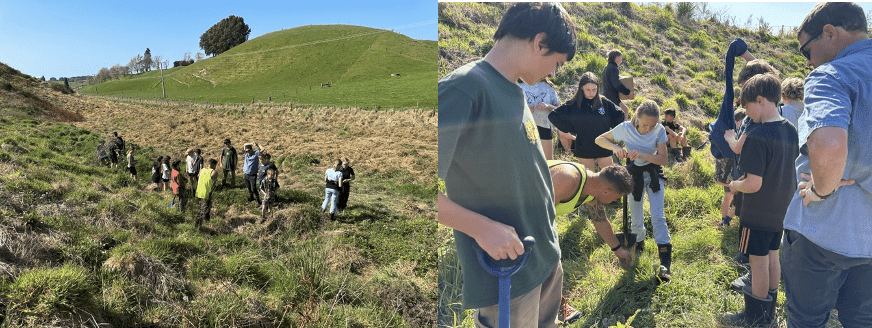
Our Kids On The Journey Of Nature Positive Farming
Wai Kōkopu recently hosted Pongakawa School's AWOL class on September 19th at Dala Singh's property. Students, guided by leaders Kaiyah and Shamah, learned native planting techniques. Each had a chance to plant, with one boy planting 20 trees. We anticipate future collaborations to nurture our environment.
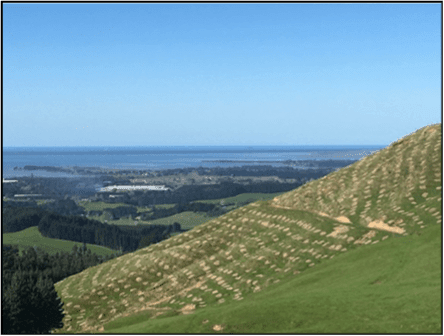
Dealing with Environmental Regulation –
a Farmers Experience
John Burke
This is the first of a series of articles to be provided by John Burke who along with his brother Rick are farming drystock on their 300ha Bay of Plenty Farm.
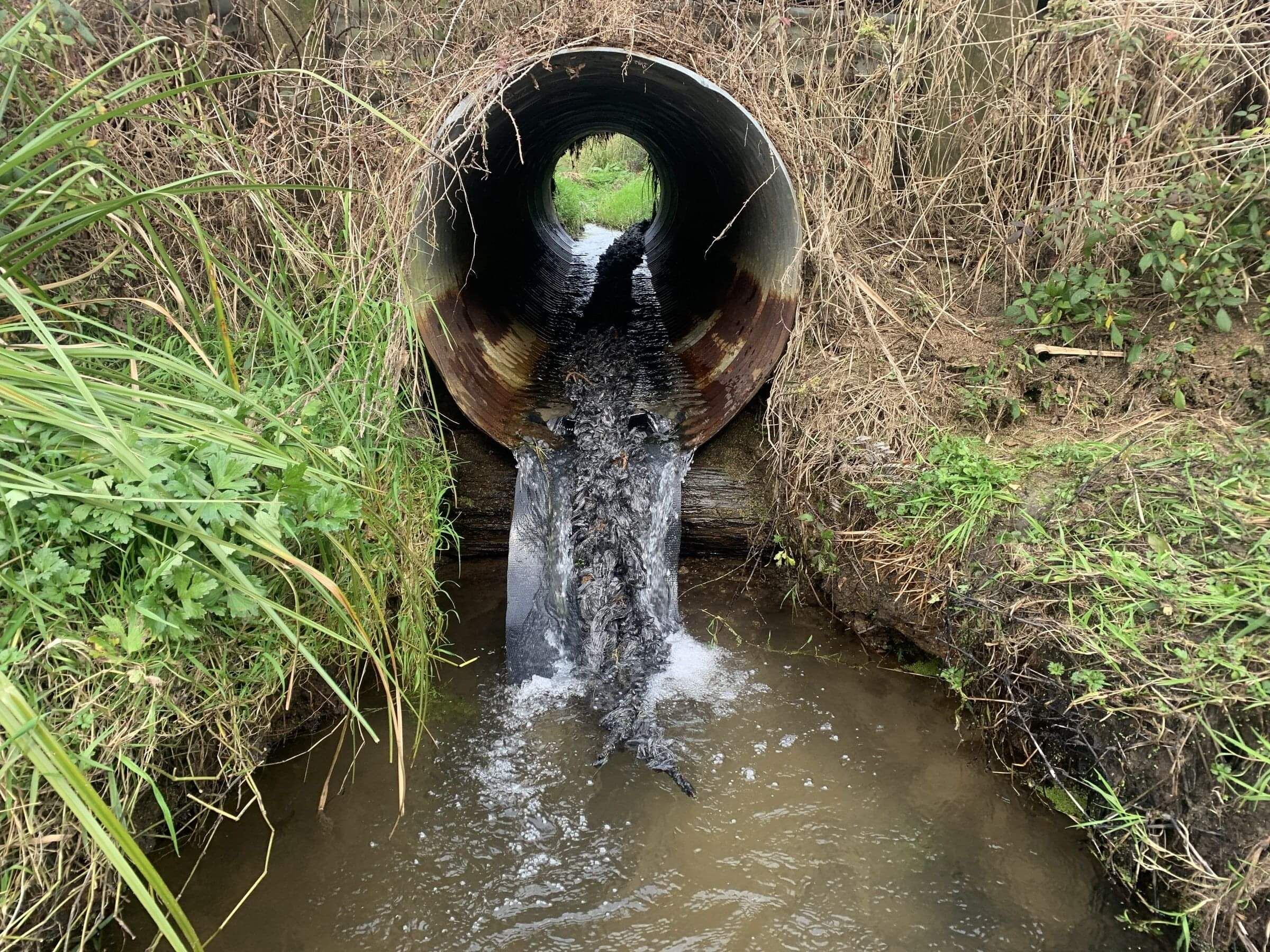
Fish Passage Update
Tom Anderson
Wai Kōkopu Restoration Manager
Over the last few months a joint effort between Wai Kōkopu, Bay of Plenty Regional Council and ATS Environmental has been improving fish passage – the ability of fish to migrate up and downstream – throughout the Little Waihī catchment.
Fish Passage Restoration
Work Underway
Tom Anderson
Wai Kōkopu Restoration Manager
Wai Kōkopu is teaming up with ATS Environmental and Bay of Plenty Regional Council to improve “fish passage” – the ability of native fish to move up the catchment’s streams as they migrate in search of habitat and food. Culverts and bridges can be barriers to fish passage where:
Loyal to the Soil Seminar - Summary
by Rachel Mudge
Wai Kōkopu Technical Advisor
I recently had the privilege of attending Christine Jones’ seminar. A big thank you to AgriSea for hosting these super events.
Christine Jones is a soil scientist of international regard. She recently travelled around New Zealand on her ‘Loyal to the Soil’ speaking tour.
Dairy Exporter Article:
Diversifying on farm spreads risk
By Delwyn Dickey
Diversification has made all the difference for a Bay of Plenty dairy farming couple. John and Margaret Scrimgeour have always been thoughtful dairy farmers, trying to improve their land, the performance of their farm, and the welfare of their animals.
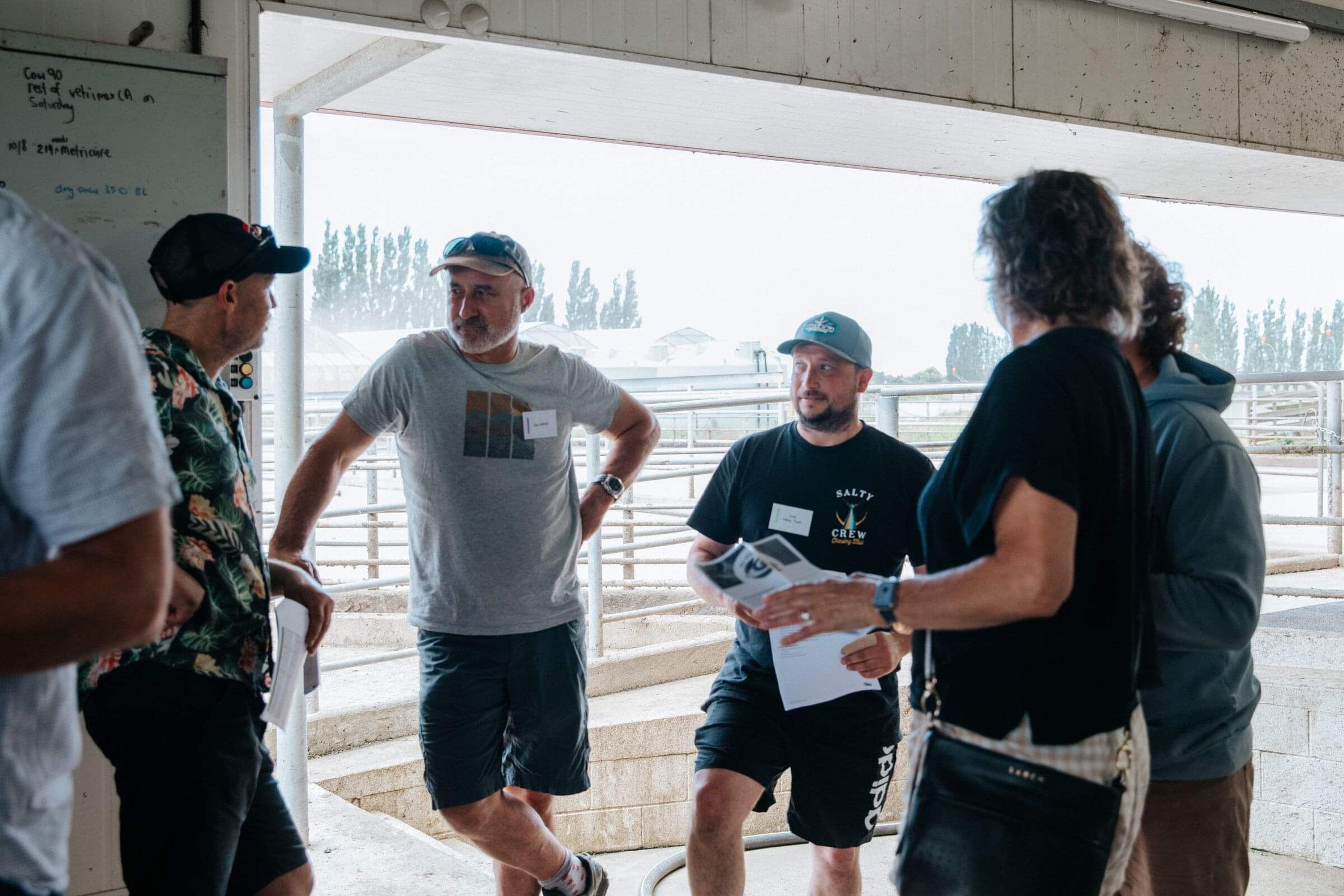
Minutes of AGM Meeting
The Chairman, Deryck Shaw welcomed everyone to the second Annual General Meeting (AGM) for Wai Kōkopu. He apologised for the delay in holding the AGM noting that there was a delay in receiving the audited annual financial statements and also the adverse weather events and state of emergency that the Government declared for the BoP region meant that it was important to avoid unnecessary travel and hence the meeting was delayed from the originally scheduled date of February 15.
The Year in Review – are we making progress – is the health of the catchment improving?
It has been a little over a year since I became involved in Wai Kōkopu and its great to reflect on our past, present and future journey. Recently I was sent a newsletter from a leading rural real estate company and the headline article was about regenerative farming. How times have really changed and with literally every business starting to think about its impact on our environment. If they aren’t thinking about it, consumers and suppliers are asking questions around product stewardship and what they are doing.
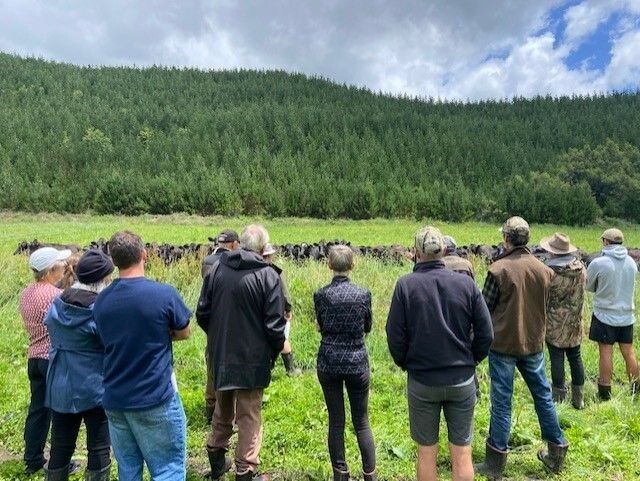
Low N Farming Transition Field Day Recap
On the 24th of November, 43 farmers and advisors convened at 280 Mystery Valley Road to discuss the challenges and opportunities of low nitrogen farming systems.
James Burke kindly hosted us on a property which he has transitioned from what was heavily cultivated and fertilized maize growing land, to a mixed forage, beef fattening area. He shared his story of how he transitioned the system to become less reliant on synthetic inputs.
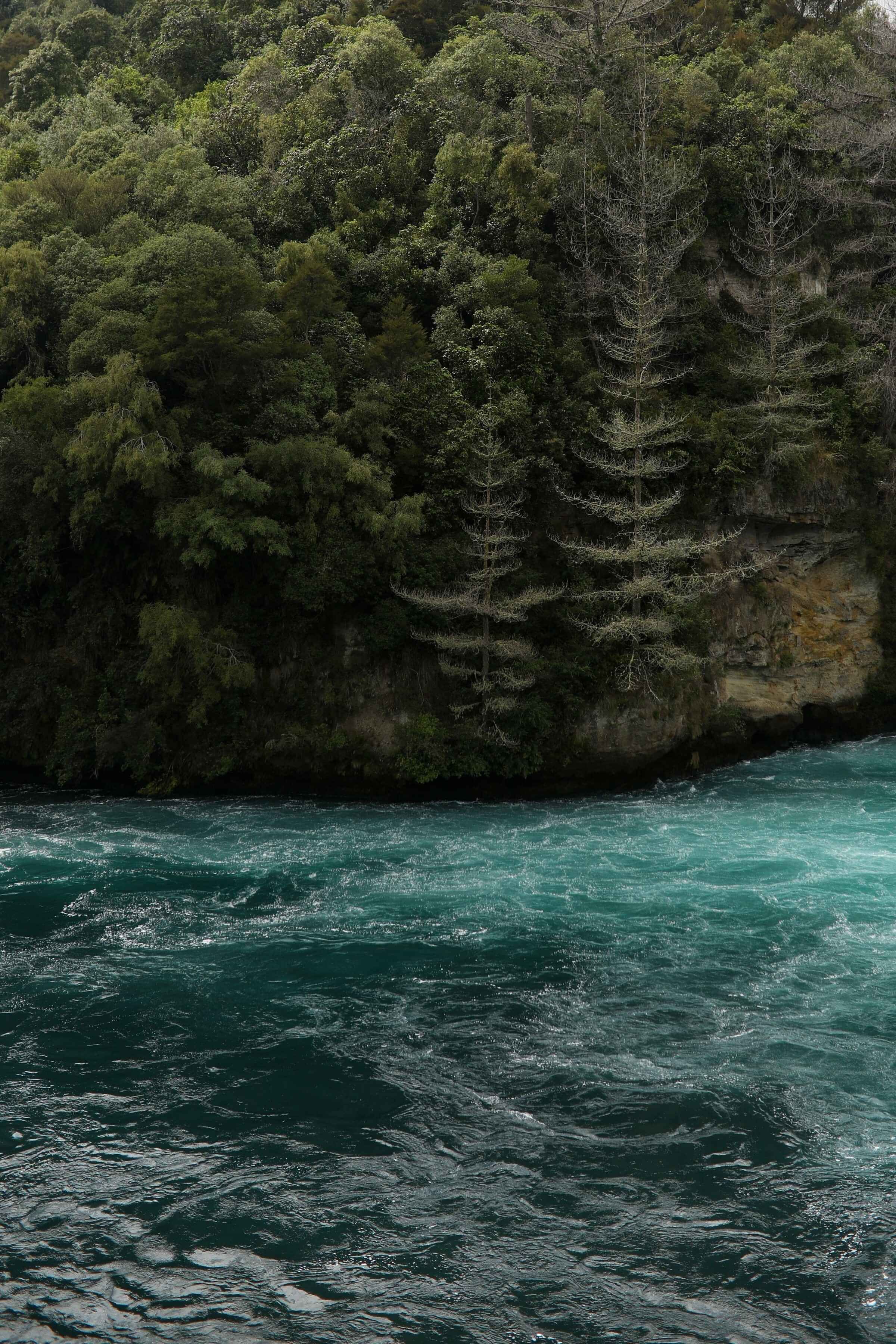
What is biodiversity and why is it important?
Nancy Willems, Environmental consultant at Place Group environmental planning.
Biodiversity is the variety of life on the planet. It includes genes, species, ecosystems, native and non-native plants and animals, and the relationships between them.
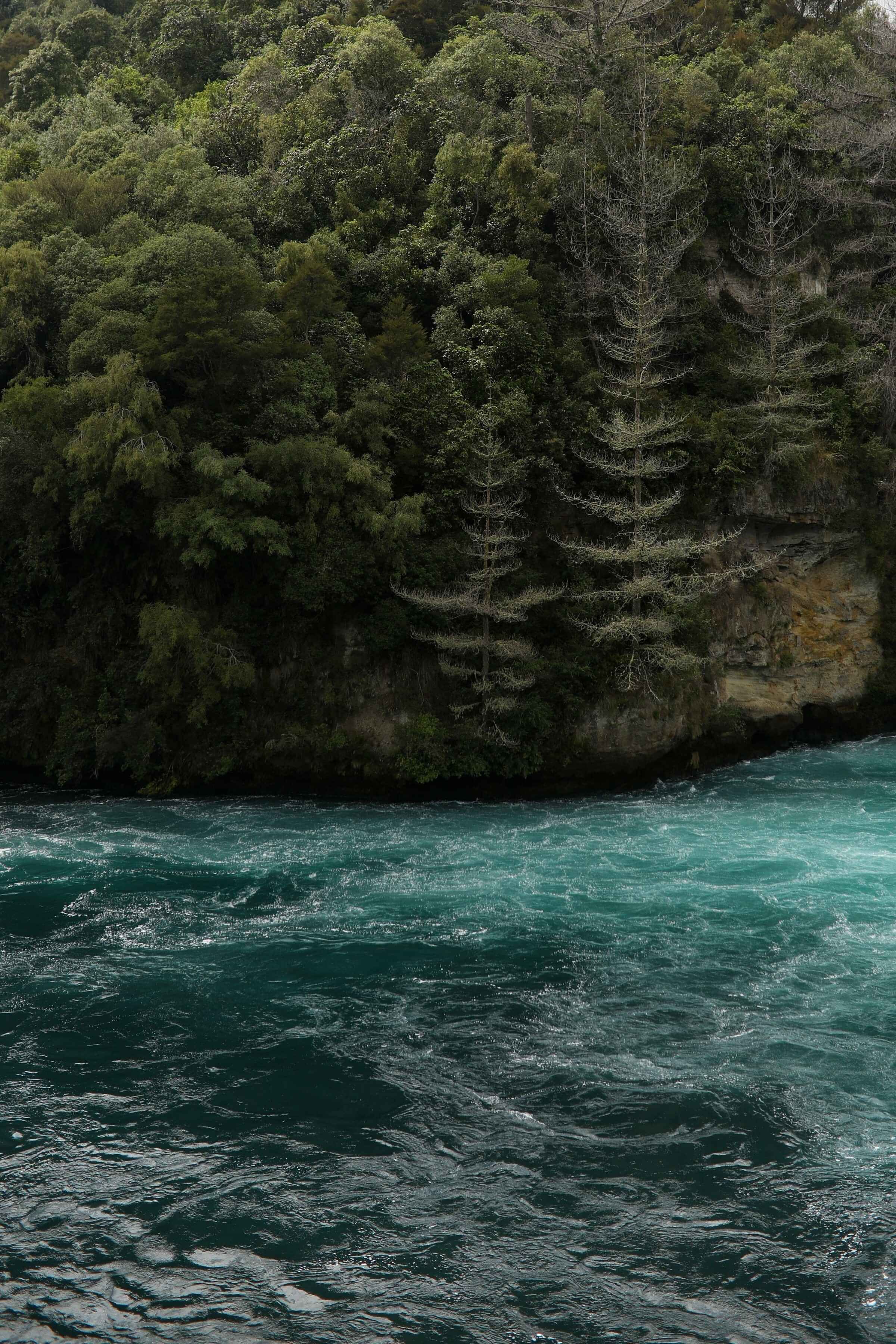
He Waka Eke Noa – A summary of the proposal to Government Phil Journeaux, AgFirst
Need a quick overview of the He Waka Eke Noa proposal? Read the summary of the Proposal to Government written by Phil Journeaux from AgFirst.
Fish are our friends! Restoring fish passage and habitat in the Waihī catchment
Contributor: Tom Anderson, Wai Kōkopu Restoration Manager
The Waihī Estuary has historically provided tuna (eel) and inanga (whitebait) as a food-source for local people for generations. In the past, the wetlands that used to span from the estuary to upstream of State Highway 2, provided a massive habitat for native fish species to spawn, feed and grow.
The resource dilemma – Managing self and staff wellbeing
Contributor: Rachel Mudge, Wai Kōkopu Technical Advisor
Most landowners are enthusiastic when describing their passion for the land, the products they produce, and the hard work required to achieving it. Yet, hard work and passion do not protect you from pressures arising from the challenges associated with working in an environment that changes daily.
Interested in the current state of our rivers and the Little Waihī estuary?
Contributor: Meredith Davis, Wai Kōkopu Water Science Lead
It is common for both E. coli and nitrate movement into waterways to increase as we transition into rainier seasons. E. coli are monitored in waterways to infer the level of faecal contamination present, and the National Policy Statement on Freshwater has set safe swimming limits at <260 E. coli/100ml of water.
How to create a resilient business in today’s world
Contributor: Sally Lee, Wai Kōkopu Technical Advisor
Farmers and growers are currently faced with a barrage of requirements and uncertainty, not to mention changes in climatic events and other external pressures. This leads to a greater need for our businesses to be more resilient than ever. But what does that mean?
Know your soil
Understanding and monitoring soil moisture is critical if farmers and growers are to maximise production, reduce water use, and minimise nitrogen losses.
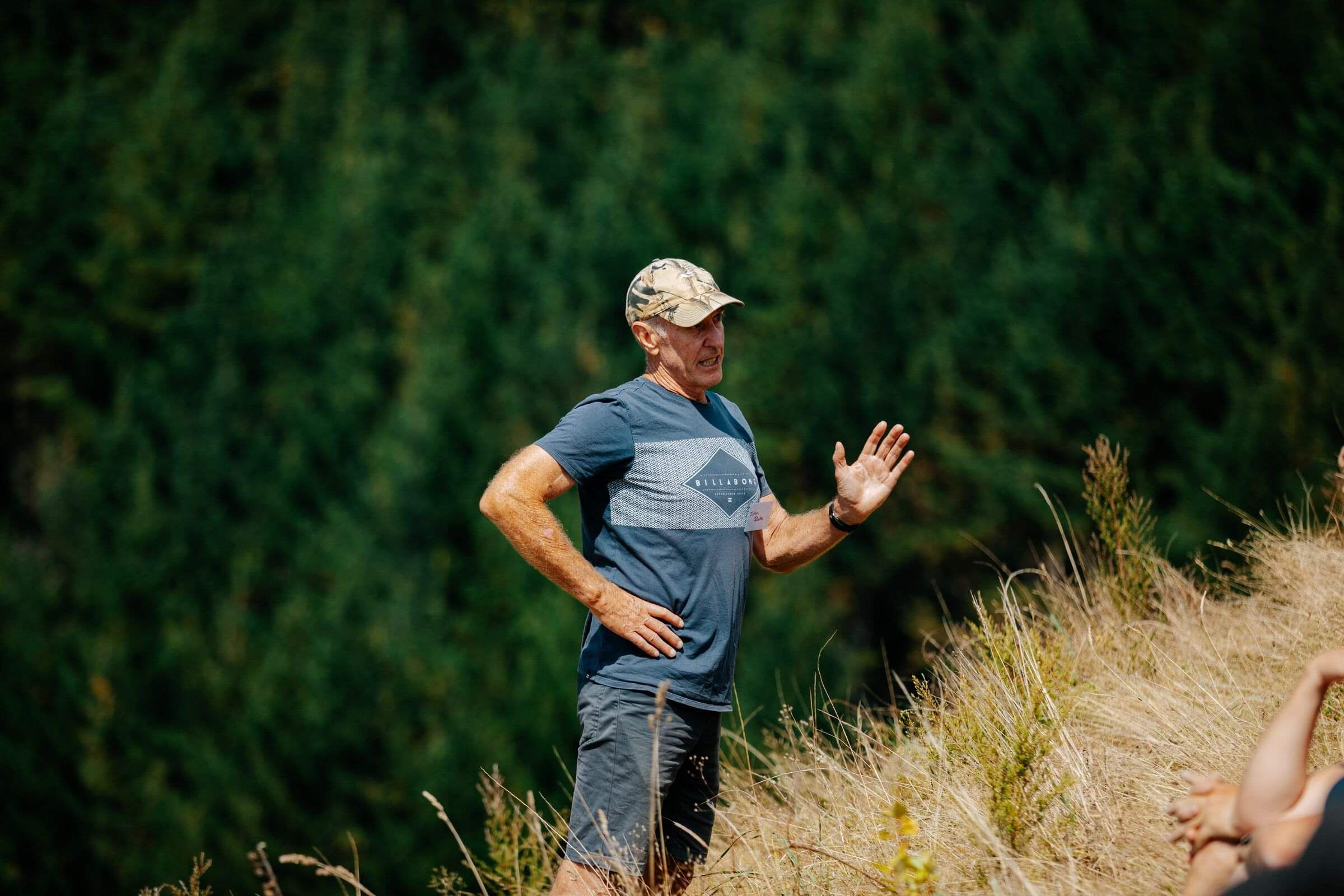
John Burke, Wai Kōkopu Lighthouse Farmer
People who farm have always been keen observers of the land. It’s a skill that’s essential for responding to the day to day. It’s also essential for preparing for the future. The world is changing fast and farming is needing to change too. Honing our skills to read our landscapes has never been more important than now.
Environment Farm Planning Approach
Looking forward, all farmers and growers are required to have a Land Environment Plan (LEP) by 2025. Wai Kōkopu sees LEPs as a vital tool to help farmers and growers through a thought process which evaluates the things they are doing with their current property resources. It is hoped LEPs will also assist in stretch thinking around future practices that will replenish the land and water, while protecting the asset for future generations.
2021 Highlights
2021 was a big year for the team, our farmers, our community, and our funders. We are proud of what we have achieved together. Every milestone we reached was made possible due to the support and hard work of people wanting to create change for good.
Why it’s important to test your drinking water and how we can help
Clean, safe drinking water is obviously a key part of the body’s health and the health of our community. In recent years, concern has been raised about the effects of nitrate (a form of nitrogen) in drinking water on people’s health.
If you want to make sure your drinking water is safe, contact us today for nitrate testing. You can read more about the importance of testing for nitrate levels
Kiwifruit journal catchment profile
By Alison Dewes
Wai Kokopu is a community organisation with a vision to restore health to the catchment from Rotoiti and Rotoehu, to the Waihi Estuary. The catchment’s four sub-catchments, from largest to smallest are: Pongakawa, Kaikokopu, Wharere, and Lower Catchment (estuary).
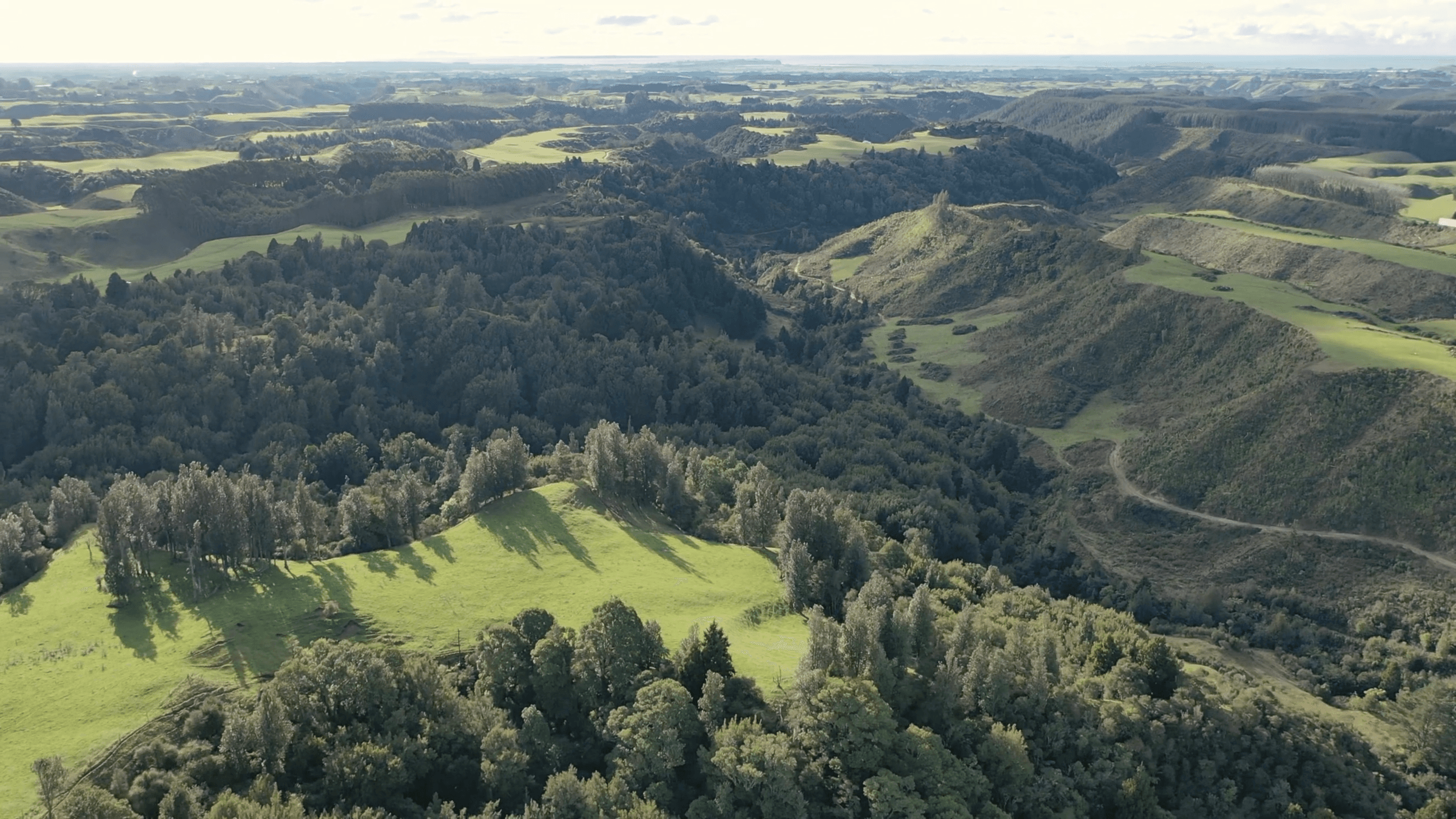
Carbon forestry resource
By Tom Anderson & John Burke
If you have a farm over 80 hectares, or a dairy farm with a milk supply number, or a cattle feedlot as defined in the National Environmental Standards for Freshwater, you will need to meet some requirements.
Read more >
Leaders do the Right Thing
By Alison Dewes
Most farmers I have been lucky enough to deal with, want to do the right thing and be good stewards. The Tomorrow’s Farms Today group I studied for my MSC, in the Upper Waikato between 2010 and 2014, tried to do the right thing by seeking to understand what farming systems had a lighter footprint – on water, climate, people and animals. Read more here >
Getting started on your Land Environmental Plan
By John Burke, Wai Kōkopu governance group
A Land Environmental Plan (LEP) will likely be required by all farmers and orchardists by 2025. The LEP will need to identify all environmental issues and risks pertaining not just to commercial production but to all land contained within the title boundary and its impact on the immediate and surrounding environment. Read more >
Newsletter/Panui
Read about the latest happenings of the Community-led action to replenish and revitalise the health of the Waihi Estuary, Bay of Plenty.
